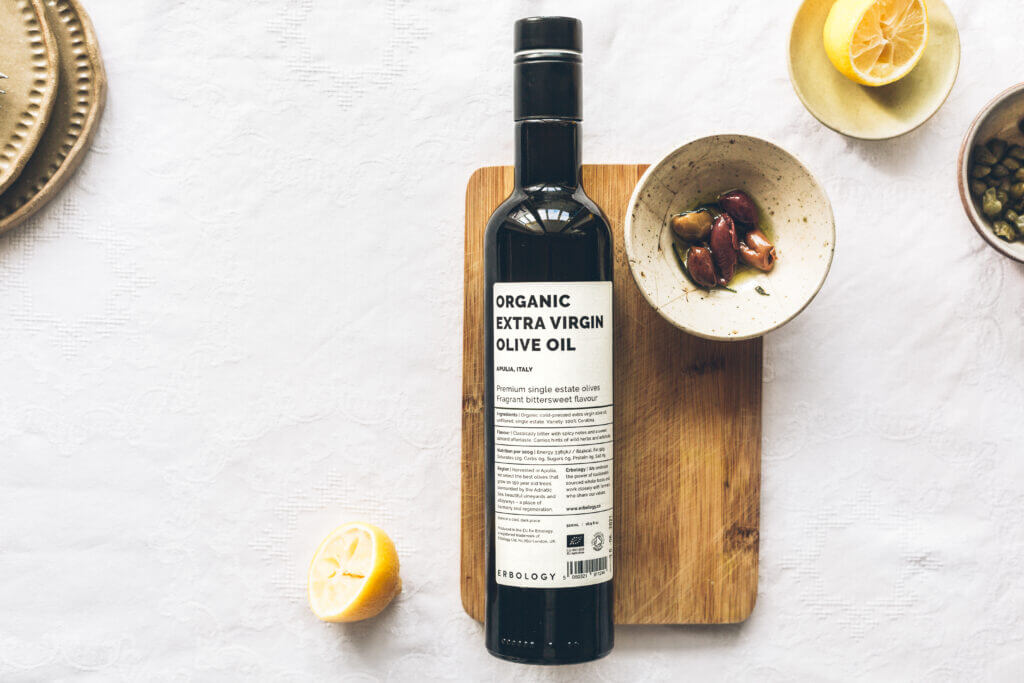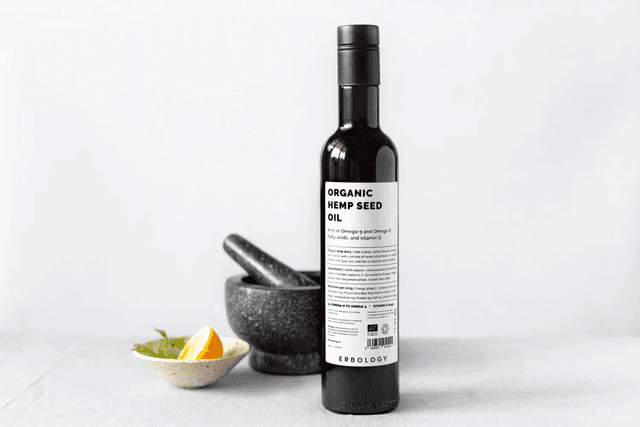07 Apr 2021
What are essential fatty acids? Omegas 3 and 6
What are essential fatty acids?
There are a couple of things to know about essential fatty acids.
Let’s start at the beginning: fatty acids are molecules which join together to become fats. You can think of them as building blocks; every type of fat in our body (for example, in our cell membranes, or the natural oils produced to protect your hair and skin) is made up of fatty acids.
There are a few different types, such as saturated, monounsaturated and polyunsaturated fatty acids.
The difference between them lies in their molecular structure. (In a nutshell, unsaturated fatty acids have a double carbon bond which they can break to form an extra bond with a hydrogen atom, whereas saturated fatty acids are already full, or ‘saturated’).
But there’s also a difference in the way our bodies use them, and whether the scientific community considers them to be healthy or not.
Check out our article on good fats and bad fats for more information on each type.
But, back to our essential fatty acids. Why are they ‘essential’? Well, there are a couple of types of polyunsaturated fatty acids (PUFAs) which we can’t make ourselves, but we still need them to be able to perform key processes in our bodies. As a result, it’s ‘essential’ that we source these from our diet.
Enter: the omegas
Polyunsaturated fatty acids can be divided into two families, which are known as omega-3 and omega-6. You might also see them written as ω-3 and ω-6; this version simply uses the Greek letter ‘omega’ to stand in for the word.
Why are they called omegas? Well, this may be science overload for some of us, but for the more chemistry-minded: the term ‘omega’ lets you know where the double carbon bond is in the molecule.
In omega-3 fatty acids, the double bond is three carbons away from one side (the methyl end) of the fatty acid chain. In omega-6 fatty acids, it’s six carbons from the end.
Anyone else getting a headache?
The good news is that you don’t really need to understand the chemical structure of fatty acids to learn how they can be beneficial for your health.
We’ve included this info here as lots of articles about essential fatty acids are chock full of mysterious jargon, and we take a belts-and-braces approach to giving you all the information in one place. Take what you need; if you’re getting high school chemistry flashbacks, it’s time to move on.
What does omega-3 do?
Omega-3 (or more accurately omega-3 fatty acids) is good for your heart.
A review of studies on omega-3 found that it had a beneficial effect on irregular heartbeat (arrhythmia), fatty deposits in blood vessels (atherosclerosis), inflammation, and internal blood clots (thrombosis).
It may also help lower blood pressure.(1)
As a result, many doctors treat patients at risk of heart disease by encouraging them to increase their intake of omega-3.
Historically, humans typically got plenty of omega-3. However in the last 100 years - perhaps thanks to the rise of processed foods - the amount of omega-3 we eat has plummeted by 80%.(1)
Generally speaking, it’s a good idea for almost everyone to keep an eye on their omega-3 intake and do their best to increase it.
Types of omega-3 to know about
As mentioned above, the term ‘omega-3’ covers a family of fatty acids. Within this, there are a few types.
There are three main types of omega-3 fatty acids(2):
Alpha-linoleic acid (ALA)
ALA is most commonly found in linseeds, chia seeds and walnuts, but you can also find it in hemp oil. It is very delicate and can be destroyed by light, oxygen and heat. This is why our hemp oil comes in an amber glass bottle, which helps keep light out, and must be stored in a dark place with the lid firmly on.
ALA is not active in the body, but your body can convert it into EPA and DHA (below), which are.
Eicosapentaenoic acid (EPA)
When looking into omega-3, you’re likely to come across lots of information recommending fish as a source. This is because fish, and fish oil, is a great source of EPA.
Docosahexaenoic acid (DHA)
Similarly, DHA is found in fish oil. This one is responsible for the association between omega-3 and brain health. A surprisingly large proportion of your brain (65%) is made up of fat, and of this, half is DHA. It’s also found in your retinas. Now, you can see why you need it!

No plant-based sources of EPA or DHA?
The good news is that your body can convert ALA from plant sources into both EPA and DHA.
The bad news is that it’s pretty inefficient at doing it. Scientists suspect that around 5% of ALA is converted into EPA by our bodies, and only around 0.5% into DHA.
So, how are vegans to get their omega-3s? Well, the good news is that many plant sources are abundant in ALA, meaning that you don't need to down a litre of hemp oil to meet your targets.
According to the Vegan Society, in order to meet the recommended intake suggested by the Food and Agriculture Association (United Nations) and the European Food Safety Authority, you’d need to eat a tablespoon of chia seeds, or two tablespoons of hemp seeds, or six walnut halves every day.
That sounds pretty manageable, right?
How do I make sure I’m getting enough ALA if I’m vegan?
However it’s important to note that the Vegan Society acknowledges that people who are following a vegan diet might need to increase their intake, citing some experts who recommend doubling it to allow for the poor rate of conversion of ALA.
That means you’d need to eat, for example, both your tablespoon of chia seeds and six walnut halves every day.
So, whack a tablespoon of chia into your smoothie first thing, and snack on some walnuts mid-afternoon, and you’ll be easily covering your bases.
Alternatively, if you want to take a less rigid approach, just try to incorporate more ALA-rich foods into your diet generally. For example, switch your main cooking oil to rapeseed oil, or start drizzling walnut oil on your porridge in the morning.
It’s also possible to get EPA and DHA from supplements made from microalgae. Generally, we always advise you to get all your nutrients from your diet, as this way you can’t overdo it and you get a great balance of combined micronutrients.
However, the Vegan Society notes that children and pregnant or breastfeeding women might benefit from looking into this, as DHA is so important in brain development. This is in line with FAO guidelines, however the importance of omega-3 supplementation during infancy or breastfeeding is disputed within the scientific community.(5)
Related reading





